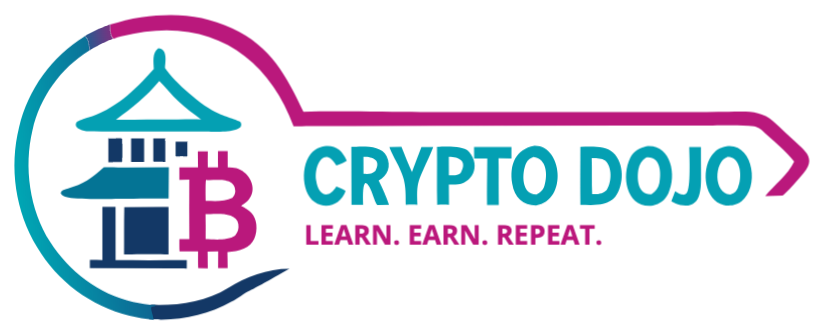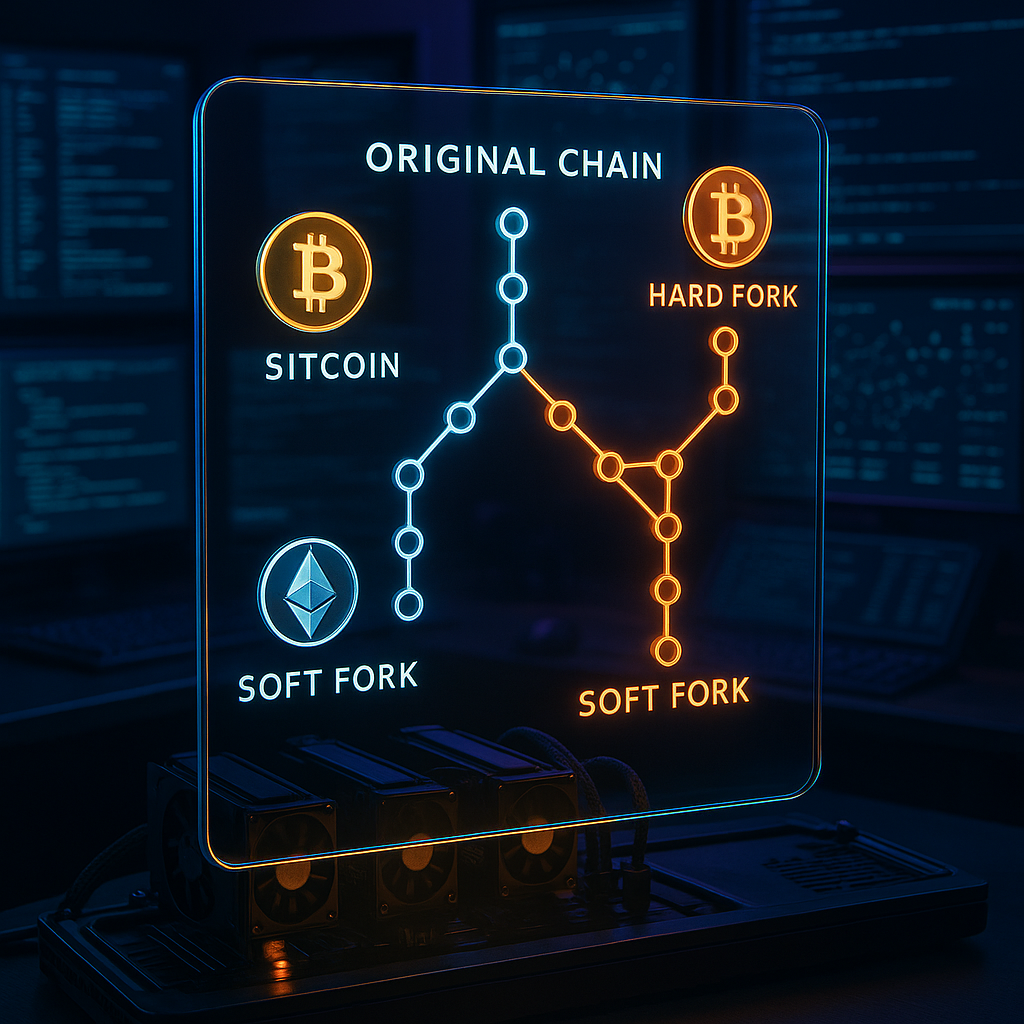Key Takeaways
- Cross chain bridges connect isolated blockchain worlds. Acting as digital highways, these protocols enable assets and information to move securely between blockchain networks such as Ethereum, Binance Smart Chain, Solana, and others.
- Unlocking interoperability drives broader DeFi innovation. By making different blockchains compatible, bridges empower users and developers to access a wider range of decentralized apps (dApps), tokens, and financial tools without being locked into a single network.
- Boosting liquidity and asset utility across ecosystems. Cross chain bridges significantly increase the utility and liquidity of digital assets. Users can transfer, swap, and leverage tokens natively on other chains, broadening both earning and investment opportunities.
- Safety and risk: understanding the trust models. Not all blockchain bridges operate the same way. Some depend on centralized validators, while others are decentralized or fully automated (trustless). Understanding these trust models helps you assess potential risks and security trade-offs when transferring assets.
- Paving the way for seamless user experiences. As cross chain technologies improve, users can interact with multiple blockchains through unified interfaces, taking advantage of best-in-class features across networks without technical barriers or confusing manual steps.
- Bridges spark the next wave of decentralized finance. Reliable, secure cross chain bridges are fueling the creation of innovative DeFi products, supporting mainstream adoption by making crypto environments more connected, flexible, and practical.
Mastering cross chain bridges is a crucial step to making sense of today’s evolving crypto landscape. In the following sections, we will break down how these bridges work, explore real-world applications in different industries, and outline what you should consider for safe and effective use.
Introduction
Most blockchains function like self-contained islands. They are powerful on their own but disconnected from the broader digital world. Cross chain bridges are dissolving those boundaries, allowing value and information to flow freely among networks such as Ethereum, Binance Smart Chain, Solana, and more.
This technological breakthrough means you’re no longer limited to the native capabilities or community of a single network. Blockchain bridges unlock new ways to use, move, and grow your assets, driving the next phase of decentralized finance (DeFi). With expanded liquidity, seamless access to a diversity of dApps and tokens, and enhanced user autonomy, mastering these digital highways is essential for anyone eager to benefit from the new era of crypto connectivity.
As we continue, you will learn how cross chain bridges are transforming financial ecosystems, discover their practical applications across industries, and understand the safety considerations necessary for their effective use.
Stay Sharp. Stay Ahead.
Join our Telegram Group for exclusive content, real insights,
engage with us and other members and get access to
insider updates, early news and top insights.
 Join the Group
Join the Group
What Are Cross Chain Bridges?
Cross chain bridges are technological protocols that allow different blockchain networks to communicate and transfer assets between each other. Think of them as digital highways or connectors that link otherwise isolated blockchain islands. This connection enables users to move cryptocurrencies, data, and even smart contracts across various blockchains seamlessly.
A lack of native interoperability is a core barrier in the blockchain ecosystem. Without bridges, assets like Bitcoin or USDT remain stuck within their respective blockchains, unable to participate in decentralized applications or innovations occurring on other networks such as Ethereum, Solana, or Avalanche.
Bridges break down those barriers, giving users and developers broad access to a spectrum of opportunities and functionalities beyond the confines of any one blockchain.
Types of Blockchain Bridges
- Trusted/Custodial Bridges: Operated by centralized entities or organizations that temporarily hold and manage user funds during transfers. These often offer speed and convenience but require trust in the operator’s security and governance.
- Trustless/Non-Custodial Bridges: Powered by decentralized mechanisms including smart contracts and cryptographic proofs, these bridges enable fully automated operations, meaning no single party controls your assets during the process.
- Unidirectional Bridges: Allow asset movement in only one direction (from Chain A to Chain B).
- Bidirectional Bridges: Facilitate transfers back and forth between networks, making them more flexible for users and developers.
The underlying architecture and security models of each bridge type vary, heavily influencing user confidence and adoption. Across the board, their primary function is to expand the reach, utility, and liquidity of blockchain assets throughout the crypto ecosystem and beyond.
In addition to finance, these bridges have applications in other domains:
- Healthcare: Secure transfer of patient records between hospital blockchains via compliant, auditable bridges.
- Supply Chain: Sharing validated logistics data between different blockchain networks operated by manufacturers and distributors.
- Gaming and NFTs: Allowing digital assets or collectibles to move across different gaming blockchains.
How Cross Chain Bridges Work
Building on their foundational role, cross chain bridges use sophisticated mechanisms to ensure secure and verifiable asset transfers between blockchains.
Core Mechanisms
The transfer process generally involves three essential steps: locking or burning assets on the source chain, confirming the transaction by validators, and minting or releasing equivalent tokens on the destination chain.
Here’s how a typical transfer unfolds:
- User initiates transfer by interacting with the bridge smart contract or interface on the source blockchain.
- Bridge locks or burns tokens on the original blockchain. Locked tokens can be returned if the user wishes to reverse the transfer; burned tokens are permanently destroyed.
- Transaction is validated by either centralized authorities or decentralized networks of validators, depending on the bridge’s trust model.
- Equivalent tokens are minted or released on the destination blockchain to the user’s specified address.
- User receives tokens on the new network and can now use them in dApps, exchanges, or for staking and lending.
Popular Bridge Examples
- Portal (formerly Wormhole): For example, transferring SOL from Solana to Ethereum involves locking your SOL on Solana, with validators confirming the transaction. The bridge then mints an equivalent amount of wrapped SOL (wSOL) on Ethereum, making it accessible to Ethereum’s DeFi protocols.
- Polygon Bridge: Simplifies moving ETH or ERC-20 tokens between Ethereum and Polygon for lower transaction fees and faster settlement.
- Avalanche Bridge: Facilitates asset transfers between Avalanche and Ethereum with a focus on security and speed.
Across industries, bridging is also being explored for non-financial uses. In education, for instance, blockchain bridges can authenticate and transfer digital diplomas between institutions on different chains, supporting student mobility and recognition of credentials globally.
Transforming DeFi and Beyond With Interoperability
While the primary impact of cross chain bridges is on decentralized finance, their reach is rapidly expanding into multiple fields:
Enhanced Liquidity Access
- Users can tap into trading and yield opportunities across various blockchains.
- DeFi protocols aggregate and deploy liquidity from multiple sources, making finance more fluid and efficient.
- Arbitrage becomes easier, reducing inefficiencies and price disparities between decentralized exchanges on different networks.
Expanded Market Opportunities
A real-world implication is the flexibility for traders; for example, holding Bitcoin but participating in Ethereum-based lending protocols, or a yield farmer maximizing rewards by moving assets between multiple DeFi ecosystems.
Bridge-powered DeFi protocols like Stargate rapidly achieved over $4 billion in total value locked by providing frictionless cross chain liquidity, demonstrating the magnitude of this innovation.
Beyond finance, supply chain management benefits as companies leverage cross chain bridges to reconcile and authenticate shipment data shared between partners using different blockchains. Environmental science teams also use these bridges to combine and verify carbon credits recorded across global networks, supporting more effective climate impact monitoring.
Key Benefits
The practical benefits of cross chain bridges are reshaping how individuals, businesses, and institutions engage with blockchain technology.
User Experience Improvements
- Reduced Costs: Users can select blockchains with the lowest fees to transact, avoiding high congestion costs found on networks like Ethereum.
- Greater Flexibility: Seamlessly interact with dApps and protocols across numerous blockchains without complex workarounds or custodial steps.
- Simplified Asset Management: Aggregated wallets and dashboards enable users to manage holdings from different chains in a single unified interface.
Technical Advantages
- Scalability Solutions: Bridges reduce network congestion and distribute transactional load across multiple blockchains, improving overall system performance.
- Innovation Acceleration: Developers can combine technical features from separate blockchains (such as Ethereum’s programmable logic with Solana’s speed), fostering entirely new applications and solutions.
- Market Efficiency: By enabling fast asset transfers and arbitrage, bridges help stabilize prices and integrate fragmented liquidity pools, benefitting the market as a whole.
Case Study: The Polygon Bridge has facilitated the transfer of over $5 billion in assets, enabling users to save approximately 70% on transaction fees compared to using Ethereum alone. This type of cross chain efficiency is now being adopted in finance for portfolio management, in marketing for blockchain-based digital loyalty programs, and in retail for streamlined rewards point settlement.
Safety Considerations
While the potential is enormous, it’s essential to recognize and address the inherent risks associated with cross chain bridges.
Stay Sharp. Stay Ahead.
Join our Telegram Group for exclusive content, real insights,
engage with us and other members and get access to
insider updates, early news and top insights.
 Join the Group
Join the Group
Security Risks
- Smart Contract Vulnerabilities: Complex bridging protocols are susceptible to programming bugs that can be exploited by bad actors.
- Validator Compromises: Centralized or semi-centralized systems are at risk if a small group of validators is compromised.
- Oracle Failures: Inaccurate or manipulated data from price feeds and information oracles can disrupt bridge operations and expose funds to loss.
Risk Mitigation Strategies
- Test with small amounts first: Start every bridge transaction with a minimal amount to ensure the process completes safely before transferring larger sums.
- Research and choose reputable bridges: Favor established bridges with transparent security, independent audits, and active communities.
- Verify official sources: Only use bridge URLs and smart contract addresses from official project websites or verified channels to avoid phishing and scams.
- Monitor security updates: Stay informed about potential vulnerabilities and upgrades by following project announcements and security blogs.
Notable Example: The 2022 Wormhole bridge exploit led to losses exceeding $320 million, emphasizing the importance of rigorous security practices and updated audit routines.
These principles apply across domains. In healthcare, patient data bridges require strict encryption and regulatory compliance to prevent breaches. In legal and compliance settings, cross jurisdictional blockchain data transfers depend on auditable and secure bridge implementations to uphold trust and accountability.
The Future
Looking forward, the cross chain landscape is evolving with technical and organizational innovations that promise to unlock even greater potential.
Emerging Trends
- Layer Zero Protocols: Develop universal standards for cross chain communication, reducing fragmentation and making bridges more reliable and scalable.
- Modular Bridge Design: Leverage specialized, independently auditable modules (like separate components for verification, transaction relay, and routing) to enhance both security and flexibility.
- Cross-Chain Smart Contracts: Enable multi-chain applications that can orchestrate complex workflows simultaneously on multiple blockchains, including in areas like hospital management (healthcare), dynamic pricing (retail), and green energy tracking (environmental science).
Technical Innovations
- Zero-Knowledge Proofs: Offer privacy-preserving, efficient verification processes that improve the security and scalability of bridge interactions.
- Automated Bridge Aggregators: Direct users to the fastest, cheapest, and most secure route for transferring assets between chains, minimizing friction and risk.
- Cross-Chain Identity Solutions: Provide users and businesses with unified digital identities recognized across multiple blockchains, essential for compliance, online education certification, and cross-border finance.
Industry projections indicate that by 2024, cross chain bridge technology could drive over $250 billion in monthly transaction volume, fundamentally changing how blockchain networks interact and supporting a host of new applications in finance, supply chain management, healthcare, and more.
Conclusion
Cross chain bridges have emerged as the foundational infrastructure driving blockchain networks from isolated siloes to a fully interconnected and versatile ecosystem. By enabling seamless transfer and utilization of assets and data, these bridges unleash greater liquidity, broader market engagement, and unified access to the decentralized economy.
As this technology advances, the importance of user vigilance cannot be overstated. Carefully choosing bridge protocols, starting with small amounts, and staying alert to evolving security trends are critical steps for anyone navigating the multi-chain future. With innovative standards like layer zero protocols and zero-knowledge proofs on the horizon, cross chain bridges are set to deliver on the promise of accessible, robust Web3 interoperability.
For crypto newcomers and established participants alike, embracing these digital highways isn’t just about keeping up with innovation. It is about taking an active role in building the future of decentralized finance and digital value exchange. The leaders of tomorrow will not simply adapt to the changing landscape, but will anticipate and shape it. Your engagement and education today are the keys to mastering, and thriving in, the next chapter of blockchain evolution.
Learn. Earn. Repeat. Let The Crypto Dojo guide you as you unlock new opportunities, build confidence, and become a knowledgeable participant in the dynamic world of crypto and Web3.





Leave a Reply